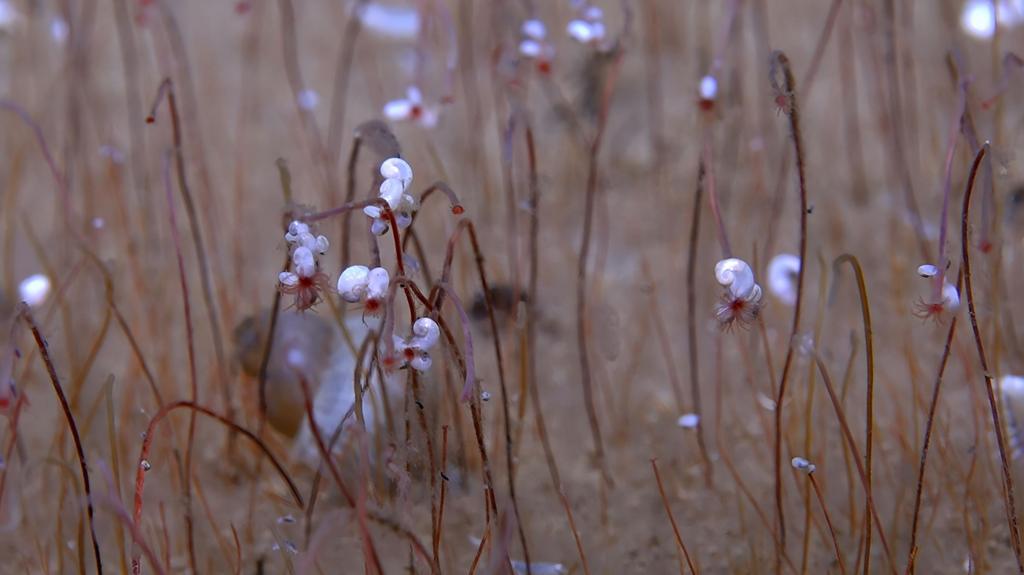An expedition to the ocean’s deepest trenches has revealed remarkable life forms, including vast clam beds, bacterial mats resembling ice, and extensive tube worm fields, captured in stunning images and videos.
A Chinese-led research team, utilizing a human-occupied submersible, documented life at depths exceeding 9km (5.6 miles) within the northwest Pacific Ocean’s trenches.
Prior to this expedition, the deepest marine vertebrate sighting was a snailfish filmed at 8,336m in a Japanese trench in 2023. Read more about the 2023 snailfish discovery.
These groundbreaking observations have been published in the esteemed journal, Nature.
While marine scientists generally acknowledged the potential for life at such depths, the abundance of animal life witnessed through the submersible’s windows was described by mission scientists as “amazing.”
The scientific expedition covered over 2,500km, exploring trenches at depths ranging from 5,800 to 9,533m.
Researchers employed the Fendouzhe submersible, capable of operating at depths exceeding 10km for extended periods.
The team, led by researchers from the Chinese Academy of Sciences’ Institute of Deep Sea Science and Engineering, discovered what they characterized as “thriving communities” of organisms.
“It’s exciting – especially for a deep-sea scientist – to go to a place that human beings have not explored,” Dr. Xiaotong Peng, a lead researcher, stated to BBC News. “It’s a great opportunity to discover new things. And what we saw was quite amazing.”
The expedition documented extensive fields of marine life, dominated by diverse tube worm and mollusc species, thriving in perpetual darkness under immense pressure.
Lacking sunlight, life at these depths relies on chemicals seeping from the ocean floor, specifically hydrogen sulfide and methane released from faults in the Earth’s crust.
Scientists report recording previously unknown species and intend to investigate how these “chemosynthetic” creatures convert chemicals into energy in future studies.
“They must [also] have a trick to adapt to life in super high pressure,” added Dr. Megran Du, also from China’s Institute of Deep Sea Science and Engineering. “That’s another question we need to answer.”
The findings challenge “long-standing assumptions” regarding the limits of life at extreme depths and pressures, suggesting that these animal communities are widespread rather than isolated occurrences.
Prof. Andrew Sweetman, a senior scientist from the Scottish Association for Marine Science, told BBC News that the discovery suggests entire “ecosystems driven by methane may exist in the deepest parts of the ocean.”
Reflecting on the experience of descending to such extreme, dark depths, Dr. Du shared her perspective.
Dr. Du told BBC News: “Some people might find it frightening, but I always encourage my students – look through the window at the bottom of the sea,” she said. “You will be inspired.”

